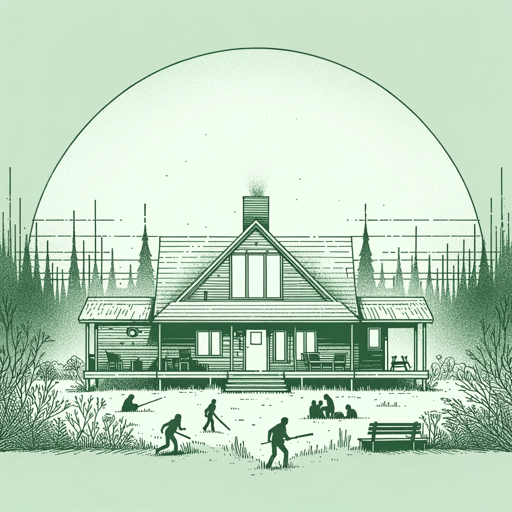45 pages • 1 hour read
Paul TremblayThe Cabin at the End of the World
Fiction | Novel | Adult | Published in 2018A modern alternative to SparkNotes and CliffsNotes, SuperSummary offers high-quality Study Guides with detailed chapter summaries and analysis of major themes, characters, and more.
Background
Cultural Context: The Characteristics of Apocalyptic Cults
Content Warning: This section of the guide references death by suicide.
Apocalyptic cults, also known as doomsday or millenarian cults, believe that an imminent catastrophic event will lead to the world’s end. Members are typically fervent in their convictions and willing to take radical action in anticipation of an apocalypse. The allure of doomsday cults stems from a combination of factors. Members are often psychologically vulnerable and seek meaning, purpose, and a sense of belonging. Cults typically center around a charismatic leader who claims to have exclusive insights into the impending catastrophe. Cult leaders may present themselves as prophets, messiahs, or chosen ones, offering followers a sense of purpose and salvation in the face of perceived impending doom. The driving narratives often include themes of divine judgment or a cleansing of the world to make way for a new and better order.
Characteristics of apocalyptic cults include strict adherence to the leader’s teachings, a sense of urgency about the predicted event, and a belief in the necessity of radical actions to prepare for or trigger the prophesized outcome. Cult members often withdraw from mainstream society, isolating themselves from friends and family who don’t share their beliefs. This isolation creates a heightened sense of group identity, reinforcing the cult’s insular worldview.
Featured Collections
Books Made into Movies
View Collection
Fate
View Collection
Fear
View Collection
Good & Evil
View Collection
Horror, Thrillers, & Suspense
View Collection
Safety & Danger
View Collection
The Best of "Best Book" Lists
View Collection
Trust & Doubt
View Collection
Truth & Lies
View Collection
YA Horror, Thrillers, & Suspense
View Collection

